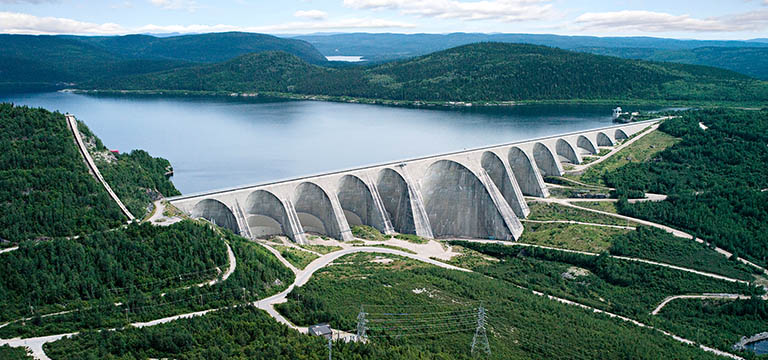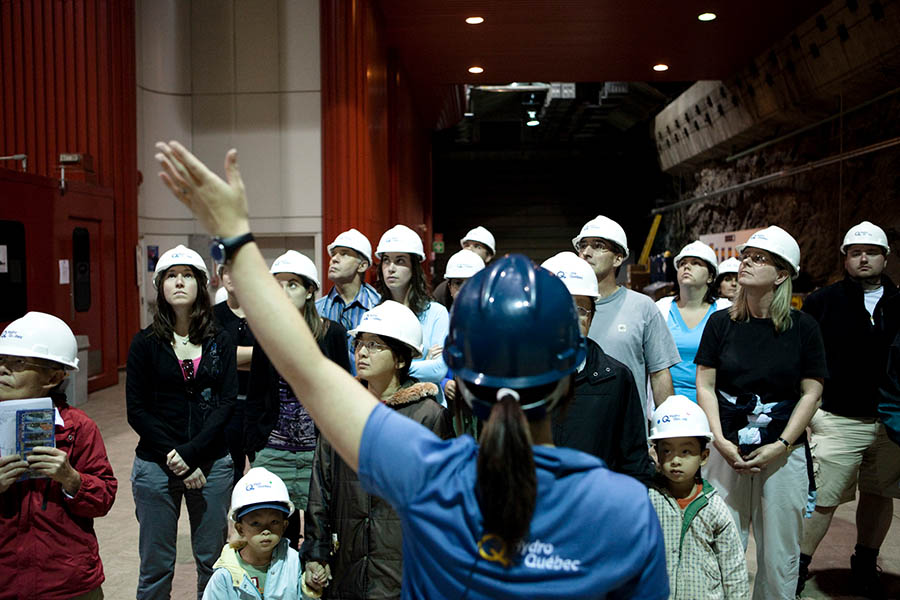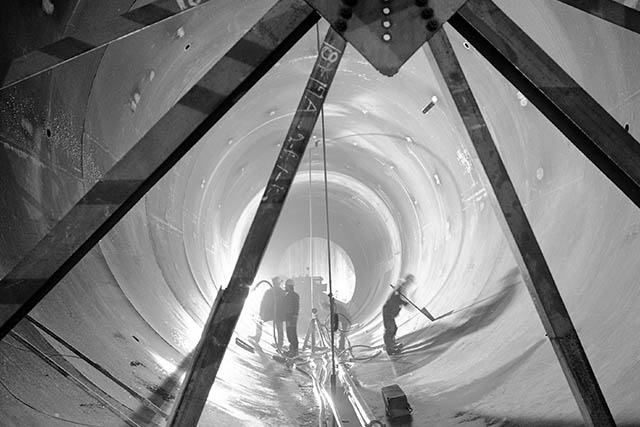The guided tour lasts about 2 hours: 30 minutes in the amphitheater and 90 minutes in the facilities. The tours are generally given in French, for an English tour please call us in advance.
Most of the tour is indoors, with a portion outside, including about 600 metres of walking. In case of rain, make sure to dress appropriately and bring an umbrella.
Because spaces are limited, reservations are mandatory, regardless of the number of people, and must be made at least 24 hours in advance.
Please note that reservations are not taken over the phone.
The tour is adapted for people with reduced mobility. An elevator and a van are available to avoid walking and stairs.
Please note: We do not have a wheelchair available to visitors.
No. The tour is suitable for school‑age children. For safety reasons, children under two are advised not to participate in the tour. (See next question.)
The tour is not recommended for the following reasons:
- Visitors must wear personal protective equipment. However, the size of this equipment is not suitable for children under 2.
- The generating station is an industrial property with high heat, noise and dust levels.
Yes. The first part of the tour (30 minutes) takes place in the amphitheater, and the second part (90 minutes) is on foot.
Please note: A large portion of the tour is on foot, and there are many stairs to go up and down.
Flat, closed‑toe shoes are required.
We recommend checking the weather forecast. Bring a light jacket.
In case of rain, make sure to dress appropriately and bring an umbrella.
Note: Around the dam, the temperature is about 10°C.
This is a requirement of Hydro‑Québec’s corporate security management team to protect personnel, visitors and equipment.
Visitors aged 18 and over must present identification (driver’s licence, health insurance card or passport) before they can tour the facility.
During the summer, there are four tours daily, at 9 a.m., 11 a.m., 1:30 p.m., and 3:30 p.m.
Please note: We recommend arriving 15 minutes in advance.
No. For safety reasons, it is prohibited to bring a camera or any other electronic device (cell phone, tablet, MP3 player, portable music player or computer) into the generating station. These devices must be left in the bus.
However, you are permitted to take photos at other times during the tour, outside the security perimeter.
No. Visitors must leave their personal belongings (purses, backpacks, cell phones, bags, etc.) in a locked locker provided free of charge.
Please note: Visitors with a health problem (such as diabetes or severe allergies) requiring them to transport medical supplies must mention this at registration so that special measures can be taken.
Yes, but visitors must carry them at all times.
We recommend bringing a reusable water bottle.
No. The electromagnetic fields in power plants may disrupt pacemaker operation. As a precaution, visitors with pacemakers may not participate in this part of the tour. They are invited to watch an engaging presentation about the generating station instead.
No. There are no restaurants, cafeterias or vending machines on site. However, tables are available for people who have brought their own food.
Guides can also recommend restaurants to people who would like to eat in the surrounding area.
Yes. There are washrooms for men and women, as well as a wheelchair-accessible washroom in the interpretation center.
The tour begins at the generating station’s interpretation center. From Baie‑Comeau, take Route 389 to kilometre 214.
The Motel de l’Énergie (418 584‑2301 or 1 800 760‑2301) is located very close to the generating station. Guests are advised to contact the hotel and make a reservation before traveling to the area.
Note: Camping on Hydro‑Québec property is prohibited, specifically at the Daniel‑Johnson lookout at Manic‑5.
No. For safety reasons, only service animals are allowed.
Yes. To access the boat ramp for the Manicouagan reservoir, please contact a guard at 418 294‑3401 or 1 866 900‑3401 (toll‑free), 7 days a week, from 9:30 a.m. to 5:30 p.m. Always respect the signs when fishing near hydropower facilities.
More information on safety measures

























